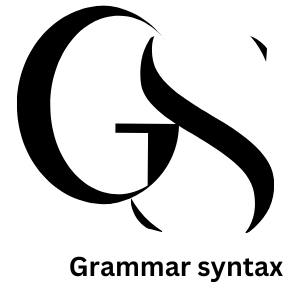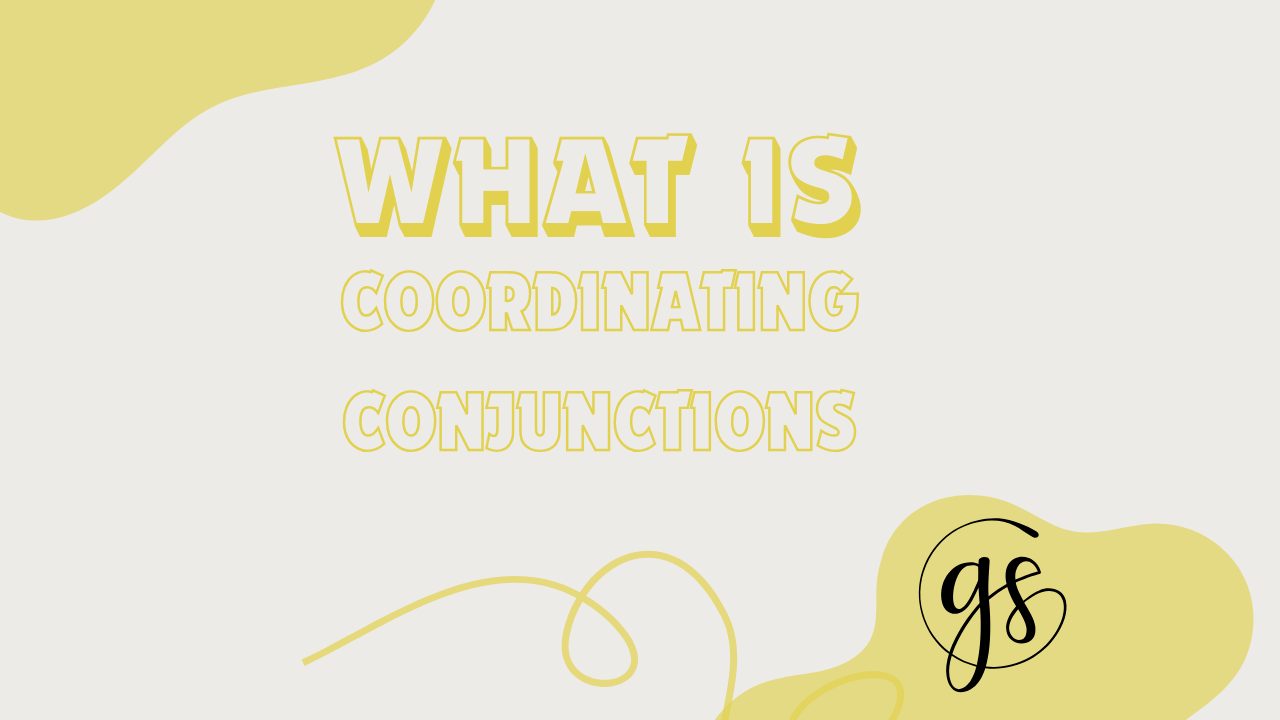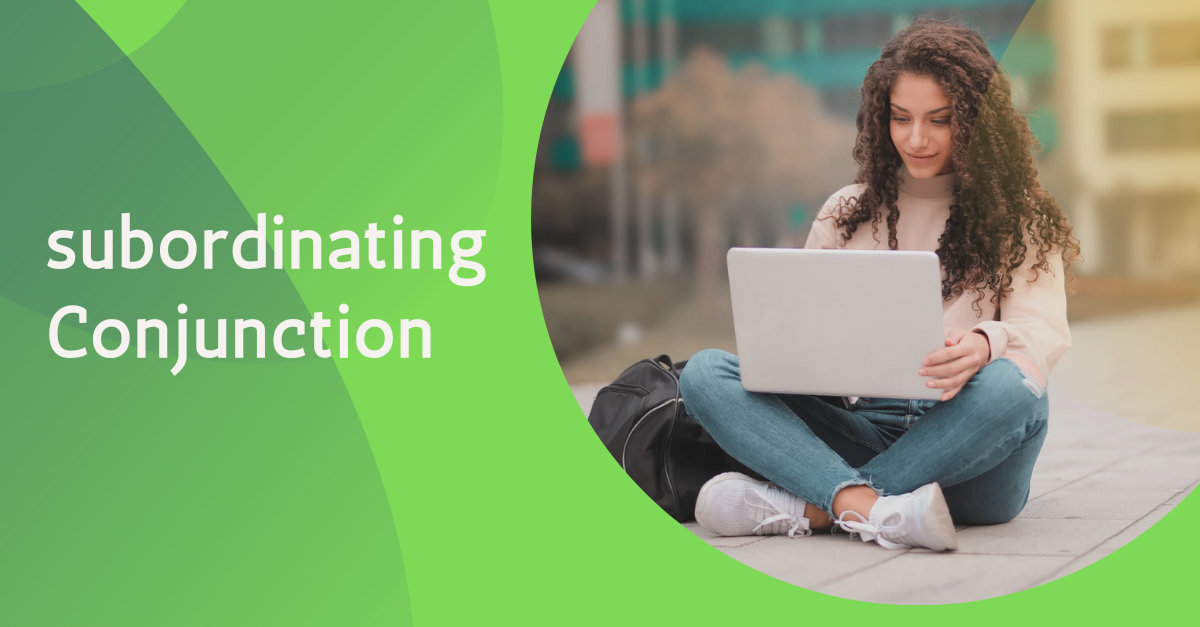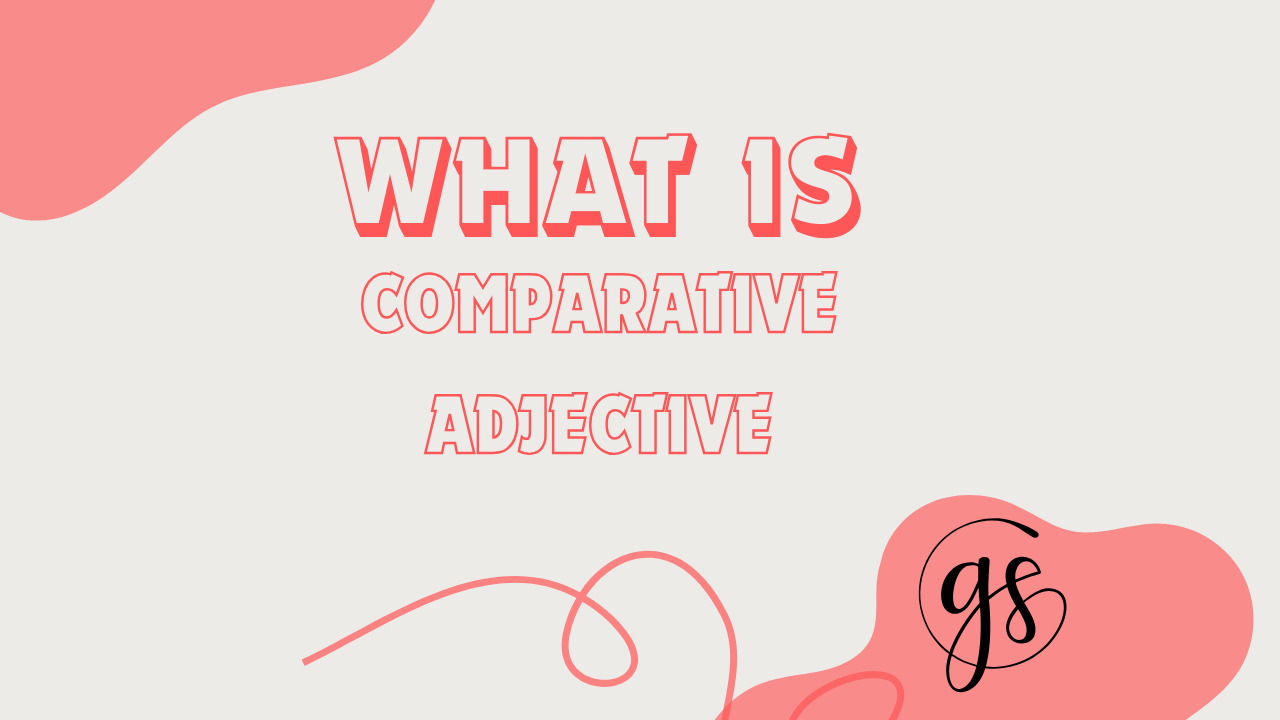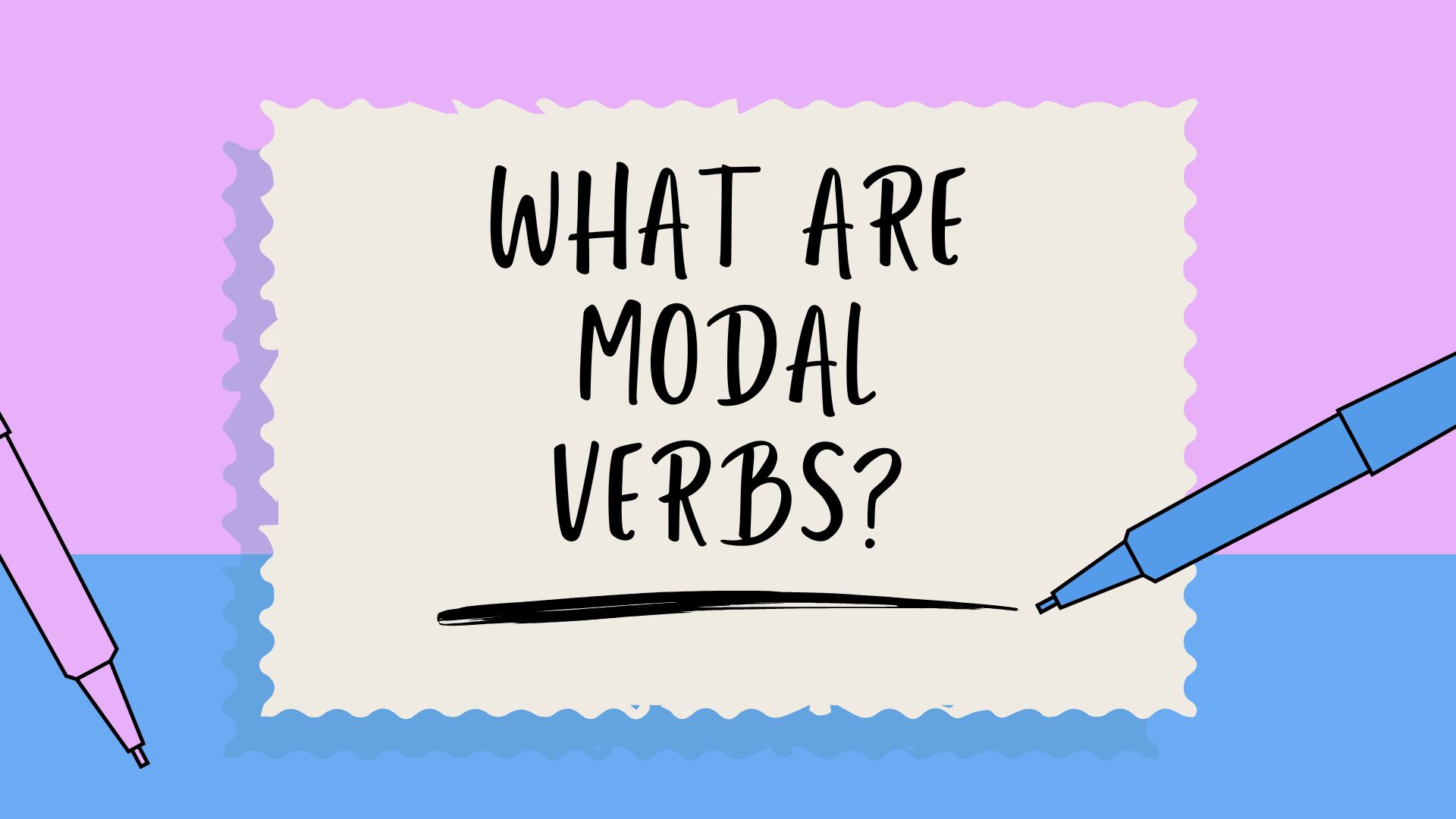Introduction
A conjunction is a part of speech that connects words, phrases, clauses, or sentences. It is used to join different elements in a sentence to show relationships between them.
Types
There are two main types of conjunction
- Coordinating conjunctions
- Subordinating conjunctions
Coordinating conjunction
These connect words, phrases, or independent clauses of equal importance. A conjunction is the glue that holds words, phrases and clauses (both dependent and independent) together.
The main coordinating conjunctions are
- For (reason)
- And (addition)
- Nor (neither/nor)
- But (contrast)
- Or (choice)
- Yet (contrast)
- So (result)
Interesting trick
A helpful mnemonic to remember these is FANBOYS (For, And, Nor, But, Or, Yet, So).
Examples
- I stayed home, for it was raining.
- Jack like to read and write.
- She does not like coffee, nor does she enjoy tea.
- Salina wanted to go to the party, but I was too tired.
- Would you prefer tea or coffee?
- It was cold, yet I went for a jog.
- Bella forgot my umbrella, so I got wet.
Interesting fact about coordinating conjunctions
An interesting fact about coordinating conjunctions is that they can be used to join independent clauses to form a compound sentence, but they can also change the meaning of the sentence based on which conjunction is used.
For example, take the two clauses:
- “I was hungry.”
- “I ate lunch.”
Now, let’s use different coordinating conjunctions to see how the meaning changes:
- For: “I was hungry, for I ate lunch.” (Here, “for” shows the reason why the speaker ate lunch — because they were hungry.)
- And: “I was hungry, and I ate lunch.” (The conjunction “and” simply adds the two ideas together.)
- But: “I was hungry, but I didn’t eat lunch.” (Using “but” contrasts the two ideas — despite being hungry, the speaker didn’t eat lunch.)
- So: “I was hungry, so I ate lunch.” (Here, “so” indicates a cause-and-effect relationship — the speaker ate lunch because they were hungry.)
1. Conjunctions and Sentence Structure:
Coordinating conjunctions can link two independent clauses, making them equally important in a compound sentence. For example:
- “I love reading, and I enjoy writing.”
This structure shows that both actions—loving reading and enjoying writing—are of equal importance.
2. Punctuation with Coordinating Conjunctions:
When coordinating conjunctions connect two independent clauses, we generally place a comma before the conjunction:
- “I wanted to go for a run, but it was too cold.”
The comma separates the clauses, clarifying that two distinct ideas are being linked. However, if the clauses are short and simple, the comma might be omitted: - “I ran and I walked.”
3. Conjunctions in Parallel Structure:
Coordinating conjunctions help create parallel structure, making sentences easier to read and more balanced. For example:
- “She loves reading, writing, and painting.”
In this case, the conjunction “and” connects three parallel nouns. Each item listed after the conjunction is of the same grammatical form, which gives the sentence balance.
4. Using “Yet” and “But”:
The coordinating conjunctions “but” and “yet” are often used to show a contrast, but their meanings can differ slightly:
- But implies a more direct contrast:
- “I was tired, but I finished my homework.”
- Yet suggests an unexpected or surprising contrast:
- “I was tired, yet I finished my homework.”
The use of “yet” hints that, despite being tired, the speaker still managed to finish the task, which is surprising.
- “I was tired, yet I finished my homework.”
5. Connecting Larger Ideas:
Coordinating conjunctions aren’t limited to small, simple sentences. They can also connect larger concepts:
- “The project was difficult, but we completed it on time, and our efforts were praised by the team.”
Here, the conjunctions help connect multiple ideas about the difficulty, completion, and recognition of the project.
6. Choice with “Or”:
The conjunction “or” is often used to indicate alternatives or choices. But it can also express consequence or a negative outcome in some contexts:
- “You can go to the movies, or you can stay home.”
- “Do your homework, or you’ll be punished.”
Coordinate conjunction worksheet
1.Fill in the Blank with the Correct Coordinating Conjunction
Complete the sentences by filling in the blank with one of the following coordinating conjunctions: for, and, nor, but, or, yet, so.
- I want to go to the concert, ______ I don’t have enough money.
- She tried to call me, ______ I was already asleep.
- You can have the cake, ______ you can choose the cookies.
- I wanted to study at the library, ______ it was closed.
- I’m excited for the trip, ______ I need to pack my bags first.
- They didn’t finish their dinner, ______ they were still hungry.
- He passed the exam, ______ he didn’t expect it.
2.Combine the Sentences Using a Coordinating Conjunction
Combine the following pairs of sentences using a coordinating conjunction (for, and, nor, but, or, yet, so).
- I like chocolate. I like vanilla.
- It was late. We stayed up to finish the project.
- I want to go to the park. It’s raining outside.
- He is very talented. He works very hard.
- I need to buy a new phone. I can’t afford it right now.
- She didn’t eat breakfast. She was still hungry.
- He studied hard for the exam. He didn’t pass.
Answers
Part 1 Fill in the Blank with the Correct Coordinating Conjunction
- but
- for
- or
- but
- so
- yet
- but
Part 2 Combine the Sentences Using a Coordinating Conjunction
- He studied hard for the exam, but he didn’t pass.
- I like chocolate and I like vanilla.
- It was late, so we stayed up to finish the project.
- I want to go to the park, but it’s raining outside.
- He is very talented, and he works very hard.
- I need to buy a new phone, but I can’t afford it right now.
- She didn’t eat breakfast, yet she was still hungry.
Conclusion
Coordinating conjunctions are incredibly versatile and fundamental tools in writing. They not only join words and clauses but also shape the relationships between ideas, creating clarity, contrast, addition, or result. By strategically using coordinating conjunctions, you can enhance the coherence and flow of your writing.
